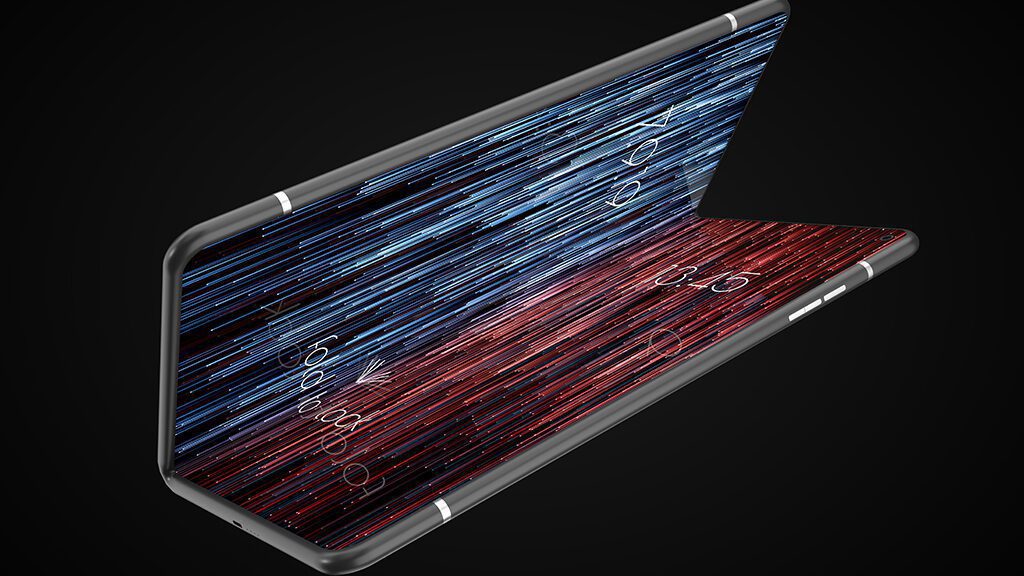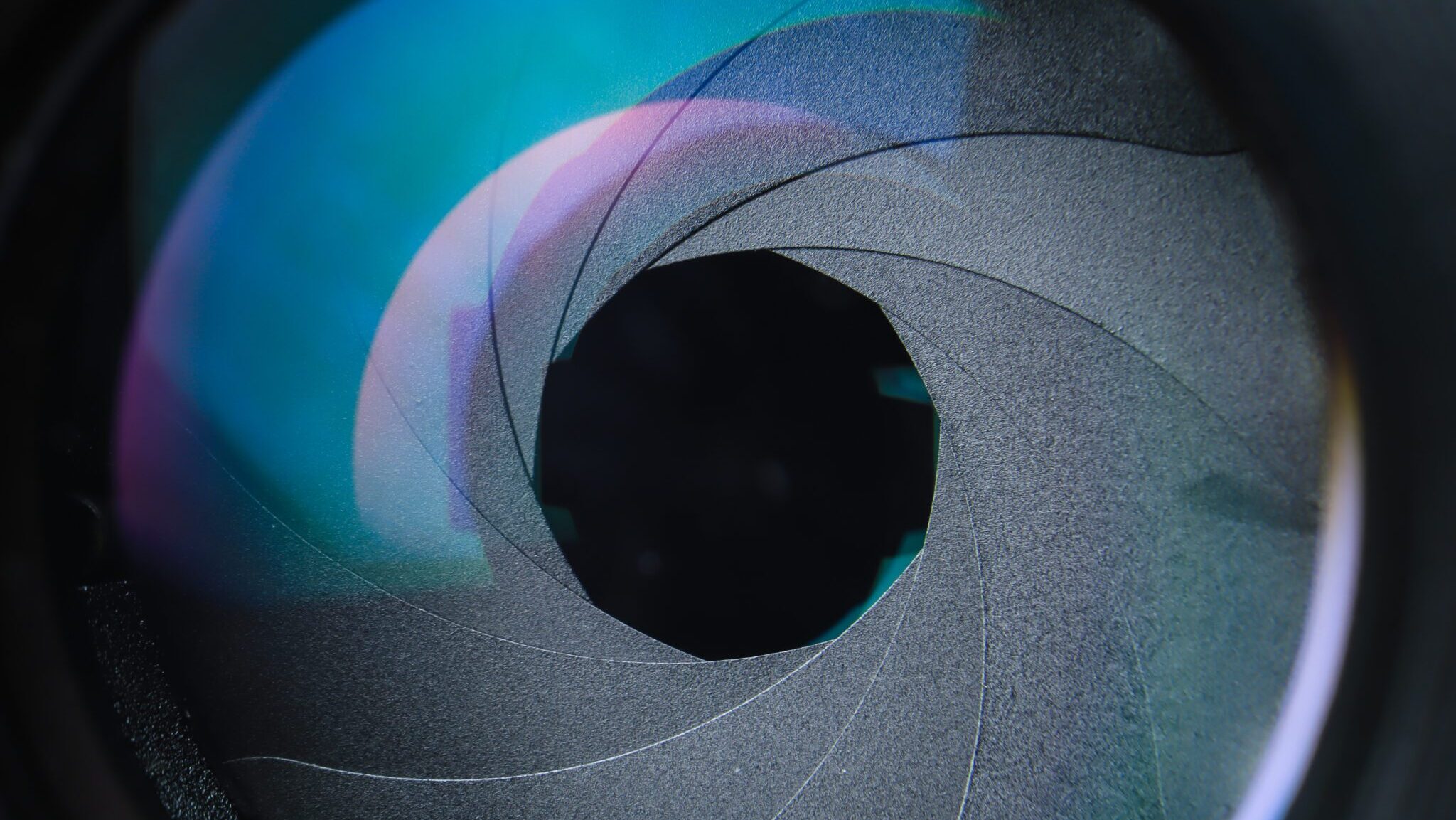IP Landscape of Foldable Display Technology: What is the focus?

Nabu Xavier
June 13, 2019
The smartphone industry has been evolving at break-neck speed, of late, with key players releasing updated and upgraded flagship smartphones every year. This technology race is close, and there is no telling who will succeed or which product will be the next iPhone X or Galaxy fold. To the rest of the world, this industry and its developments may seem fast but if you look at patent developments, you will realize that this has been happening gradually over more than 2 decades. With the most recent announcements from Samsung, Apple and other major players, all getting ready to launch foldable display smartphones, the industry is abuzz with new speculation.
So far, not much information is available about where these key players are at, in developing this new form of smartphone display technology. There is speculation that foldable smart phones are just around the corner, but no real-world development has happened, nor is the technological aspects of the product overtly discussed. In such a situation, patent data analysis is one of the most reliable and insightful methods that can shed light into this otherwise unclear technology space.
Global development of patents in foldable display technology
The search for all patents related to the field of foldable displays was conducted using full-text search terms and CPC & IPC classes pertaining to this technology. Such a search in our BI resulted in about 5000 active patent families, belonging to various owners, that are protecting inventions related to foldable display technology. A good thing to note here is that depending on our search criteria we can include or exclude inactive patents, as well, in the search.
To get an idea of the development of this technology and to understand its global trend, the development of the market as a whole (without looking at individual companies) can be studied, in order to map the growth of the industry over the past two decades. The global development of patent portfolio size in foldable display technology and the corresponding trend of this portfolio’s Patent Asset Index score (a LexisNexis® PatentSight® metric for indicating the value or average strength of a patent family) is displayed on this graph. The average strength of patents in this technology field did not change by much, initially, but can be seen to surge during the past decade. It can also be easily inferred from the graph, that this technology has seen a spurt of filings in the recent past.

This sudden increase of interest in foldable technologies could, to some extent, be explained by the introduction of OLED technology in displays, around this time. Until then, LCD was the major technology being used in digital displays, including smartphone displays. With the development of OLED technology, these displays could be made much thinner and more flexible as compared to their LCD counterparts. The release of this technology had revolutionized smartphones, smartwatches, effectively all digital display-based products and thus, led to increased research in the field of foldable displays.
Who are the strong contenders in the playing field of foldable display?
In order to get a clearer look into individual companies that have been developing this technology, in the BI, we alter the previous chart that showed the development of the global portfolio, by including owner details as a distinguishing element of the chart. The resulting chart is as seen below. It is evident from this chart that Samsung owns a considerably strong portfolio of patents in this technology and how the global innovators compare, with respect to each other.

Apart from the usual suspects (smartphone companies), that are expected to be active in this field, we also see some fairly unfamiliar names, of companies that may not be internationally recognized. But they have, nevertheless, been developing strong portfolios of foldable display patents; like BOE, TCL or OPPO. Interestingly enough, BOE has reportedly replaced LG as a supplier of displays to Huawei, who recently launched their first foray into the world of foldable smartphones with their new model, Huawei Mate X.
Samsung vs Apple – different approaches to developing the same technology
An alternative method to compare and benchmark top players in any technology field is the Quantity vs. Quality chart (as shown below). Apart from the most commonly used template, this is loved unanimously by all PatentSight users. This chart plots companies based on their portfolio’s average Competitive Impact or average quality and portfolio size or quantity. It is easy to spot the strength of each player on this chart, be it in quantity or quality or both. The size of the bubbles depends on the respective portfolio’s Patent Asset Index score.
To see how detailed analysis and insights into a competitive space can be extruded out of the PatentSight database using our BI, watch this on-demand webinar: Patent strength trend in the foldable-display industry.

When we look closely at how these portfolios developed over the years, it becomes clear why Samsung has a clear lead in this race. They began building their portfolio in this technology almost 10 years ahead of Apple. Samsung can also be seen to almost consistently increase their filings in this technology from 2010 to 2015 whereas Apple filed a few patents initially in 2010 & 11 but did not keep the momentum (watch our webinar on this topic, to learn how the yearly comparison was made).
Companies with Patents in Foldable Displays – separating the wheat from the chaff with detailed patent analytics
We have now established that 2 of the main players in the smartphone market are poles apart in their IP strategies when it comes to foldable display technology. It would therefore be beneficial for us to identify how these companies defer from each other in regard to the type of technologies that they have focused on developing within the broader classification of “foldable displays”. An in-depth analysis, like the one below, shows that Apple does not own many patents in the core technology class of foldable displays, which includes patents for the material, substrates and build of the screen itself. If you are already a user, head over to our webinars page to watch a recording of a webinar, on this topic, that we conducted recently.

Whom to watch out for?
So, who can Apple, and other smartphone makers who have chosen not to focus developing this technology, trust when it comes to deciding on a reliable supplier, this time around? Let’s take a closer look at the rest of the players in the field. By looking at the technologies in which Apple has no or little portfolio size in, as seen below, it is effortless to narrow down the list of companies who are technologically poised to deliver.

From the looks of it, Samsung, BOE and LG, all of whom own multiple valuable patents in foldable display related technologies, are all well prepared to take on this role. This is clearly visible in the ongoing patenting race, as witnessed by the increased filing from these firms, in the recent years. Only time will tell who ends up grabbing the deal ultimately, with the ability and capacity to supply to scale. As for Apple, they could be waiting to identify the most reliable player to emerge out of this race to decide on whom to source the displays for their foldable smartphones from.
Learn more about PatentSight and the Patent Asset Index.
Excellent data quality is the foundation of reliable analyses. Learn how PatentSight enhances patent data.

New Report
Who Is Leading the VVC Patent Race?
The VVC codec patent landscape is complex, with multiple patent pools and varying rules across jurisdictions. This report provides strategic insights into competitor portfolios, helping companies make informed IP decisions and stay competitive in the high-resolution video market.
